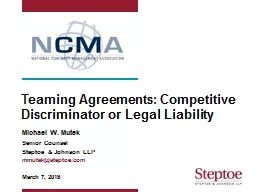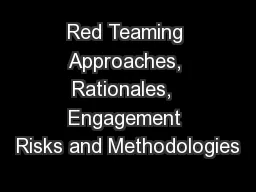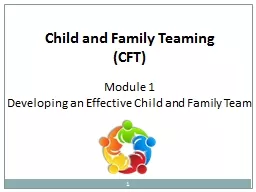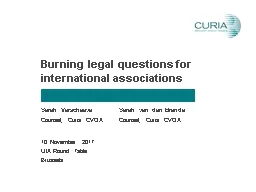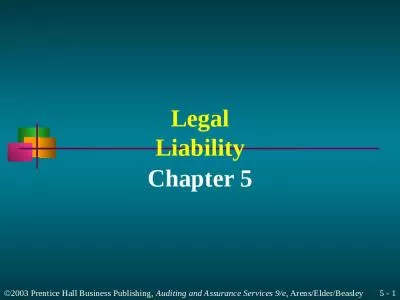PPT-Teaming Agreements: Competitive Discriminator or Legal Liability
Author : trish-goza | Published Date : 2018-10-27
Michael W Mutek Senior Counsel Steptoe amp Johnson LLP mmuteksteptoecom March 7 2018 2 Michael W Mutek 1330 Connecticut Avenue NW Senior Counsel Washington
Presentation Embed Code
Download Presentation
Download Presentation The PPT/PDF document "Teaming Agreements: Competitive Discrimi..." is the property of its rightful owner. Permission is granted to download and print the materials on this website for personal, non-commercial use only, and to display it on your personal computer provided you do not modify the materials and that you retain all copyright notices contained in the materials. By downloading content from our website, you accept the terms of this agreement.
Teaming Agreements: Competitive Discriminator or Legal Liability: Transcript
Download Rules Of Document
"Teaming Agreements: Competitive Discriminator or Legal Liability"The content belongs to its owner. You may download and print it for personal use, without modification, and keep all copyright notices. By downloading, you agree to these terms.
Related Documents

